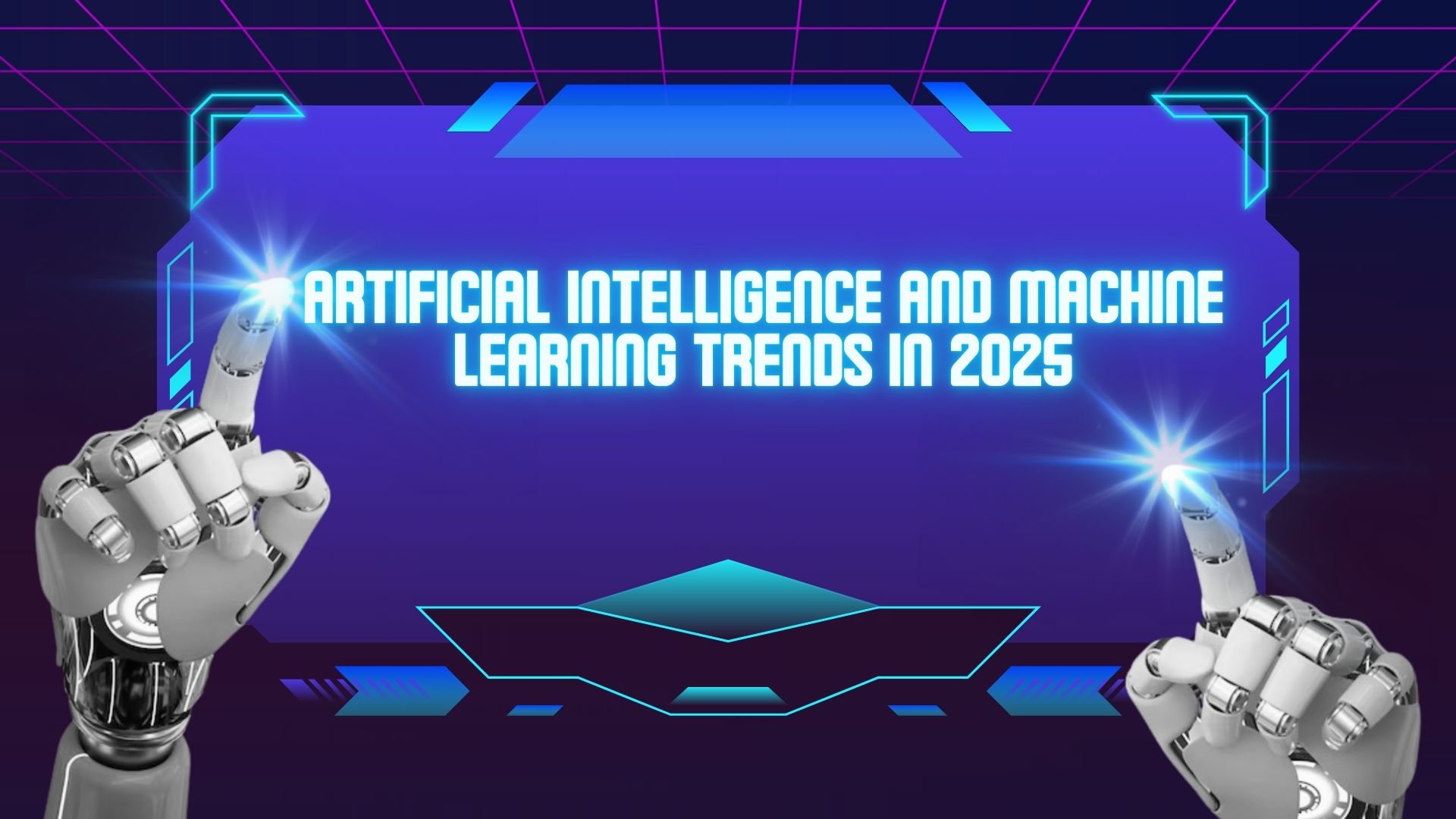
Artificial intelligence (AI) and machine learning (ML) continue to shape how we live, work, and make decisions in 2025 and beyond. From healthcare and finance to manufacturing and entertainment industries - they continue to drive advancement. We explore some key trends shaping AI/ML adoption today that may impact professionals, decision-makers, students, etc. In this post. we look at key AI/ML developments set to impact professionals, decision-makers and students alike.
The Growing Power of Edge Computing
Imagine trying to navigate a dense forest without GPS; data is that dense forest. Today's organizations generate more data than ever before; according to IDC estimates, global data creation could reach 163 zettabytes by 2025! Foreseeably, extracting meaningful insights from such vast amounts of information will become even more crucial over time.
Edge computing brings AI and machine learning closer to devices generating data, reducing latency and improving real-time processing. Self-driving cars rely on edge computing for instant decisions like avoiding obstacles. But its use extends far beyond automobiles: manufacturing, healthcare and logistics industries all leverage edge computing's real-time insights for predictive maintenance, faster diagnostics and increased efficiency.
2025 will see AI and ML running on edge devices become increasingly prevalent, giving rise to autonomous systems capable of functioning efficiently without continuous data center involvement. Without constant uploads to cloud servers for data uploads, organizations will experience faster responses and improved operational efficiencies that will provide faster responses and higher operational efficiencies for quicker responses and increased operational efficiencies.
Enhanced Interpretability and Transparency
With AI models becoming ever more complex, making sure they're understandable and transparent are of utmost importance. In 2025, this emphasis on interpretability has never been stronger; decision-makers and professionals are demanding greater accountability from AI systems when these are making vital decisions for them.
Think of AI models like recipes. While their ingredients and processes may be complex, transparency is key when it comes to understanding their outcome. In 2025, AI developers will prioritize models with more explainable steps so users can track them all the way to completion.
Transparency should not only be driven by ethical considerations; it should be driven by trust. Industries like healthcare and finance that rely heavily on AI decision-making will benefit from more explicable AI systems; for instance, doctors and patients alike should understand how AI-powered diagnostic tools arrive at conclusions, thus decreasing chances of incorrect diagnoses.
Machine Learning training online will play a pivotal role here as professionals look to keep themselves current on how to implement and understand AI models that explain themselves.
AI-Driven Automation and Augmentation
Automation has already transformed industries but AI and ML promise to take it one step further in 2025. AI will drive automation not just as a replacement job replacement mechanism but as something that augments human efforts as well.
Imagine an assembly line. In the past, quality control tasks were performed manually by workers inspecting products one at a time. Today, artificial intelligence-powered systems can automate those tasks far more accurately and efficiently than people could. By 2025 however, these AI-driven systems will augment rather than replace human capabilities.
AI will increasingly power virtual agents capable of understanding context and providing tailored assistance. Industries such as agriculture and logistics will utilize AI-powered drones and robots alongside human workers to boost productivity.
This trend ensures that professionals will not fall behind, instead being empowered by AI tools to focus more on creative and strategic tasks. By 2025, businesses will take advantage of AI not just to replace processes but to empower their workforces.
AI Ethics and Bias Mitigation
AI Ethics and Bias Mitigation Bias in AI systems has long been a top concern, and in 2025 this will remain true. Organizations are becoming more aware of the ethical ramifications associated with using AI models for more delicate decisions such as hiring, lending and criminal justice applications.
Consider hiring algorithms designed to evaluate job applicants. Without proper checks, these algorithms may perpetuate biases from historical data and lead to unfair outcomes. By 2025, there will be stronger frameworks and tools in place that detect, understand and mitigate such biases.
Developers of AI will focus on fairness-aware algorithms, emphasizing diversity in training data and improving post-deployment monitoring to ensure its fairness. Industries will not only comply with regulations but will also foster user trust by adopting ethical AI practices.
Continuous Learning and Lifelong AI Models
By 2025, AI systems will become more dynamic and capable of continuous learning. Instead of remaining static over time, their models will adapt and morph in response to changes in data or circumstances.
AI models can be seen as gardeners: traditional models resemble static flowerbeds that require regular replanting, while continuous learning AI acts more like an adaptive garden, adapting its growth based on changing conditions.
AI systems will continuously adapt to new medical research and patient data, leading to more accurate diagnoses and recommendations from healthcare practitioners. Meanwhile, in finance sector AI-powered algorithms adapt quickly to market fluctuations to keep organizations ahead of trends.
2025 will see AI going beyond single insights to provide real-time updates and long-term improvements, helping professionals and organizations remain competitive in an ever-evolving environment.
Conclusion
As we reach 2025, AI and machine learning will continue to shape how we live, work, and make decisions. Trends like edge computing, enhanced interpretability, automation, bias mitigation and continuous learning will undoubtedly change industries by improving efficiency, accuracy and fairness.